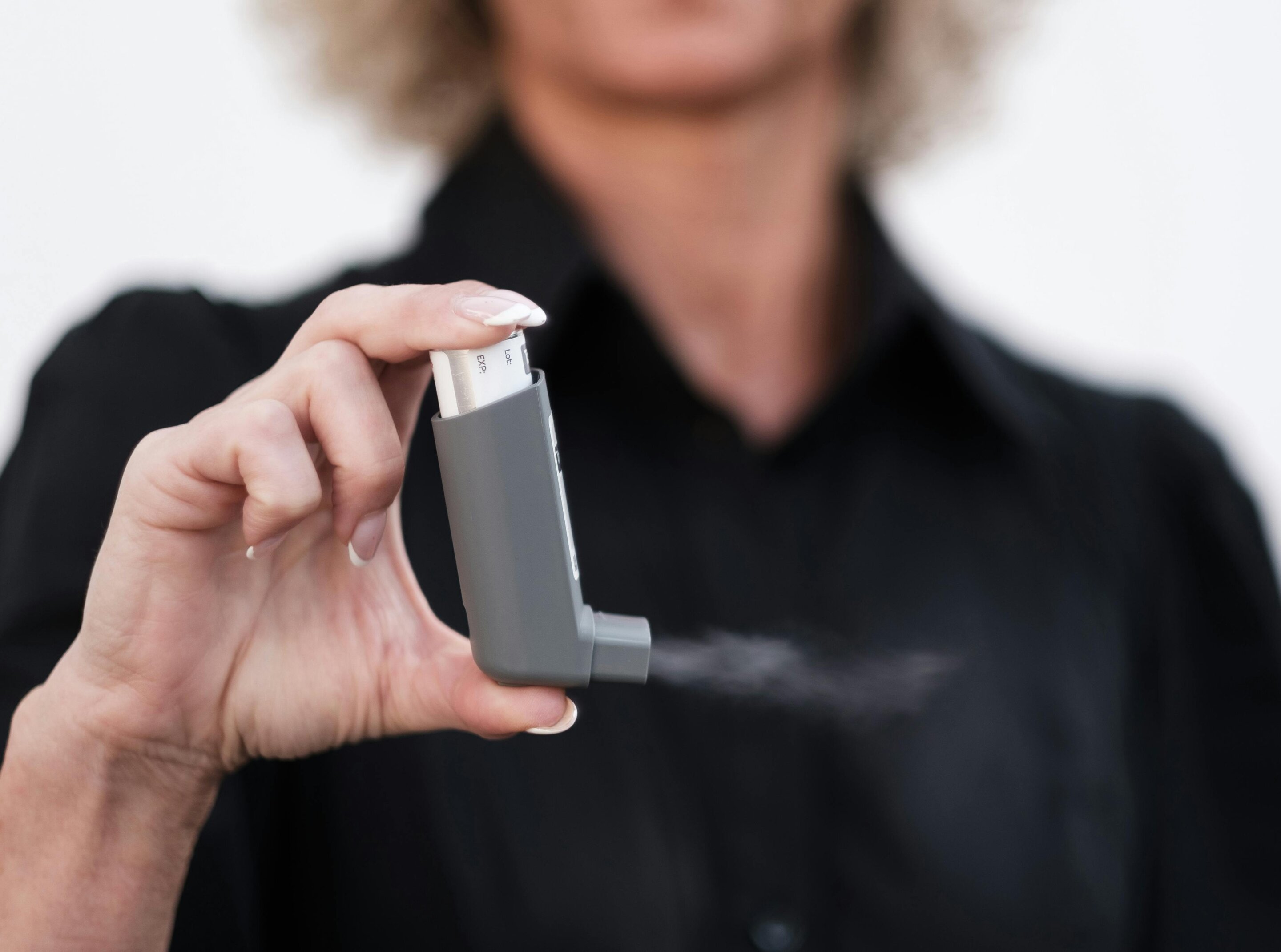Follow us on Google News (click on ☆)
The study published in JAMA has for the first time quantified on a large scale the greenhouse gas emissions linked to inhalers in the United States. Researchers analyzed prescription data over a decade, discovering that these medical devices generate annually more than 2 million tons of CO₂ equivalent. This amount represents the annual pollution of approximately 530,000 gasoline-powered cars, a comparison that illustrates the scale of the environmental problem posed by these treatments.

Different types of inhalers used for respiratory diseases
Credit: Cnordic Nordic from Pexels
The detailed analysis shows that pressurized metered-dose inhalers are responsible for 98% of these emissions over the past ten years. These devices contain hydrofluorocarbons used as propellants, gases with extremely high global warming potential. Dr. William Feldman, pulmonologist and lead researcher of the study, emphasizes that these emissions contribute to the growing carbon footprint of the American healthcare system, while exposing patients with chronic respiratory diseases to additional risks.
Alternatives exist however, such as dry powder inhalers or soft mist systems that deliver medications without resorting to propellant gases. These less polluting technologies represent an opportunity to reconcile effective medical care with environmental protection. The research team plans to further study the comparative clinical outcomes between low and high emission inhalers, as well as pharmaceutical companies' strategies regarding these new technologies.
The methodology used relies on a comprehensive database of American prescriptions, cross-referenced with validated academic studies to estimate emissions. Researchers now plan to extend their investigations to specific populations, such as Medicaid beneficiaries, and analyze pricing and patent policies surrounding the deployment of less polluting inhalers. This approach aims to identify levers to reduce environmental impact without compromising patient care.
Hydrofluorocarbons in inhalers
Hydrofluorocarbons (HFCs) are synthetic gases initially developed to replace chlorofluorocarbons (CFCs) that were damaging the ozone layer. Although they don't destroy ozone, HFCs have a global warming potential up to several thousand times greater than carbon dioxide.
In metered-dose inhalers, these gases serve as propellants to vaporize the medication and deliver it deep into the lungs. During use, a significant portion of these gases is released directly into the atmosphere, contributing to global warming.
The regulation of these substances is the subject of international agreements like the Kigali Amendment to the Montreal Protocol, which provides for their gradual reduction. The pharmaceutical industry is developing HFC-free alternatives, but their adoption faces regulatory and technical obstacles.
The transition to HFC-free systems requires drug reformulations and new delivery devices, a process that can take several years before resulting in solutions as effective as traditional inhalers.